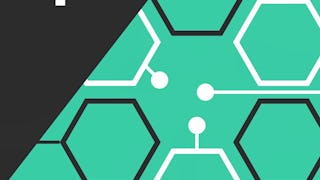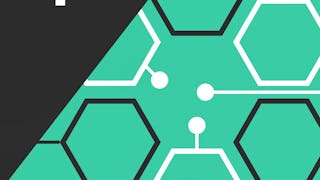Updated in May 2025.
This course now features Coursera Coach! A smarter way to learn with interactive, real-time conversations that help you test your knowledge, challenge assumptions, and deepen your understanding as you progress through the course. In this comprehensive course, you'll embark on a journey to master Selenium, a powerful tool for automating web applications. Starting with the basics of setting up your first web application, you'll learn to efficiently locate web elements using various strategies like ID, name, and tag name. The course includes the use of TestNG for project setup and debugging techniques. You'll explore handling different form elements, creating robust automation scripts that mimic real-world interactions. Advanced topics like window navigation, alert handling, and using WebDriver's manage window methods are covered, along with implicit and explicit waits for dynamic web testing. The course also covers cross-browser testing, headless tests, and data-driven testing using CSV and Excel files. By the end, you'll understand the Page Object Model, Selenium Grid, and standalone server, equipping you with the skills to scale your automation tests. Designed for QA professionals and software testers with basic web technology knowledge, the course enhances skills in automated testing using Selenium. Fundamental Java knowledge is recommended.



















